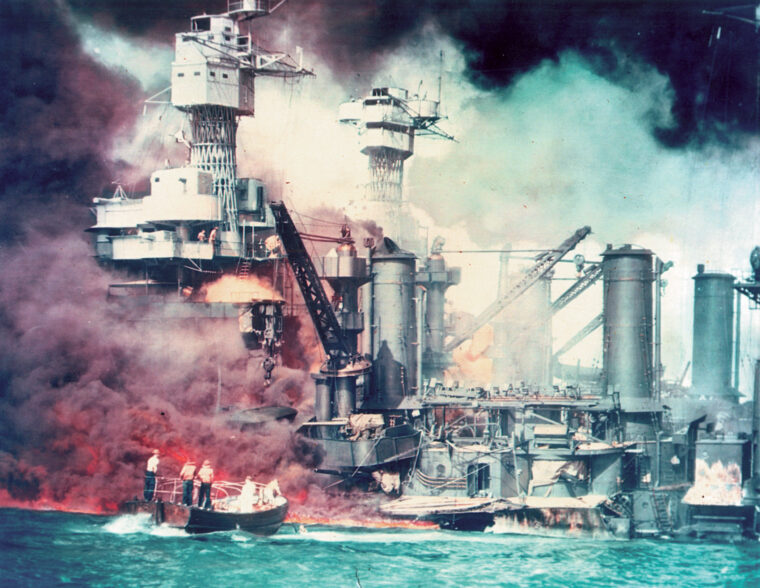
Pacific Theater
How the Men of the USS West Virginia Died During Pearl Harbor
By Don HainesWhen Nathan and Jane Olds of Stanton, ND; Ralph and Vera Endicott of Aberdeen, Wash.; and Effie Costin of Henryville, Ind., Read more
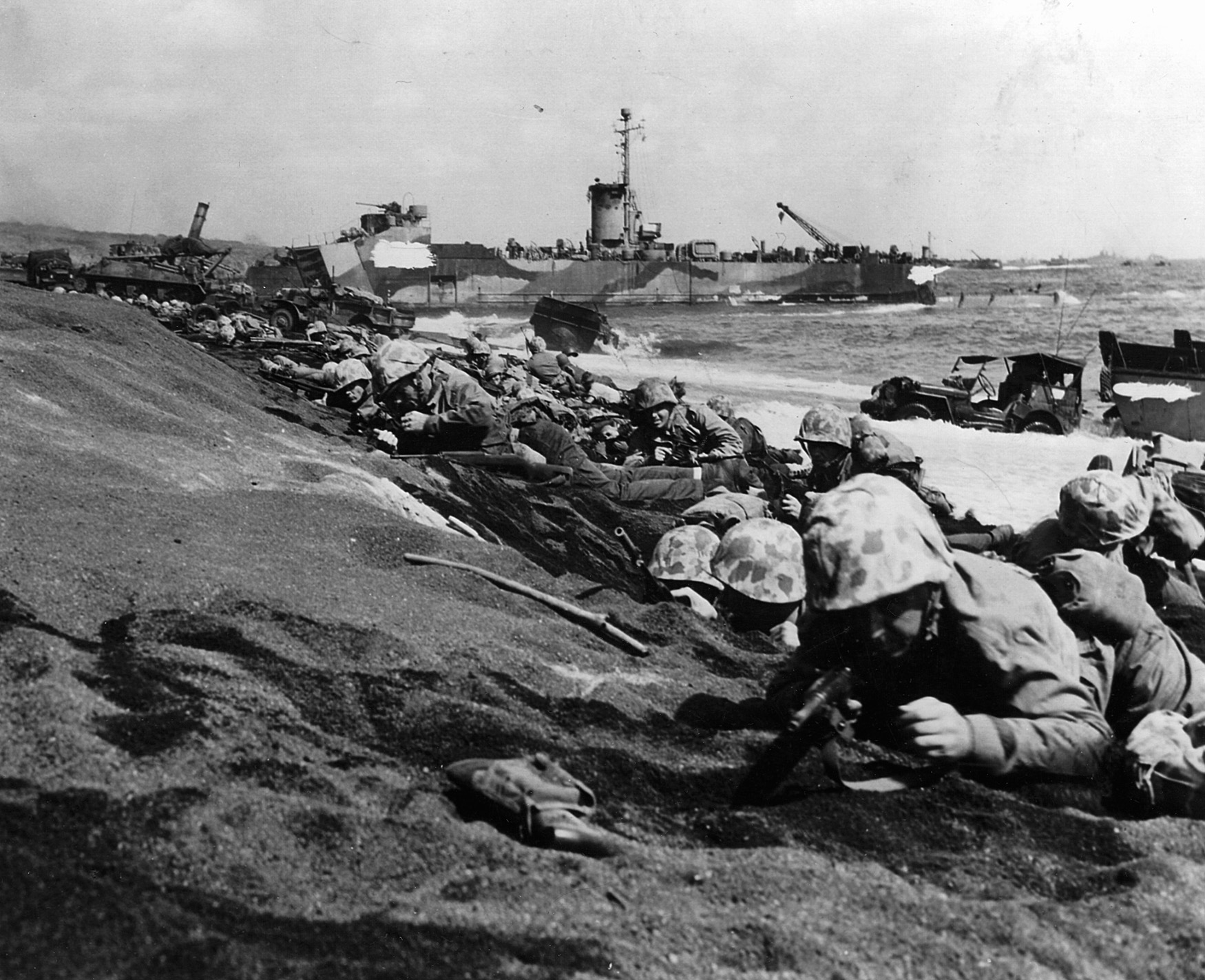
The Pacific Theater during World War II is generally regarded as the area of military confrontation between the Allied powers and Imperial Japan. The Pacific Theater consists of the entire operational expanse of the war from the Aleutian Islands in the north to Australia in the south, including island chains such as the Solomons, Gilberts, Marshalls, and Marianas. The China-Burma-India (CBI) Theater is also considered a major component of the Pacific Theater.

Pacific Theater
When Nathan and Jane Olds of Stanton, ND; Ralph and Vera Endicott of Aberdeen, Wash.; and Effie Costin of Henryville, Ind., Read more
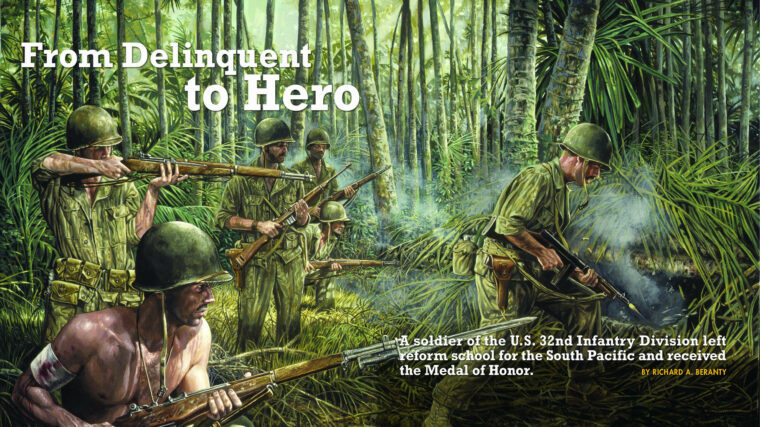
Pacific Theater
Donald R. Lobaugh was a juvenile delinquent, a kid sent to reform school when he was 16 years old. Read more
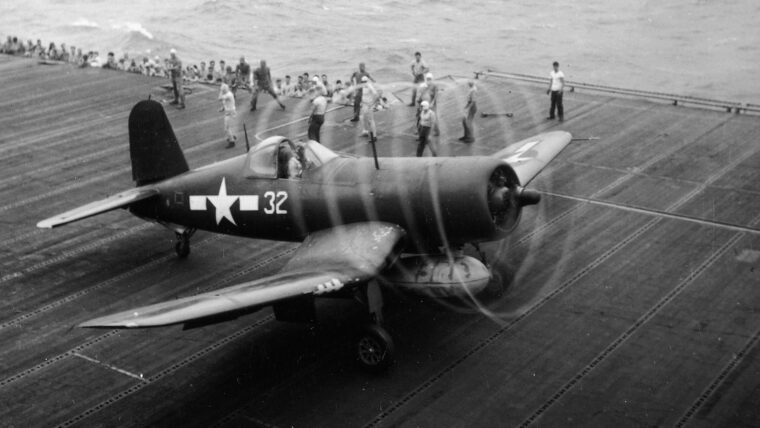
Pacific Theater
Thanks to the rather far-fetched mid-1970s TV series Black Sheep Squadron, the bent-wing image of the Chance-Vought F4U Corsair is no doubt one of the most vivid of the World War II fighters in the minds of most Americans. Read more
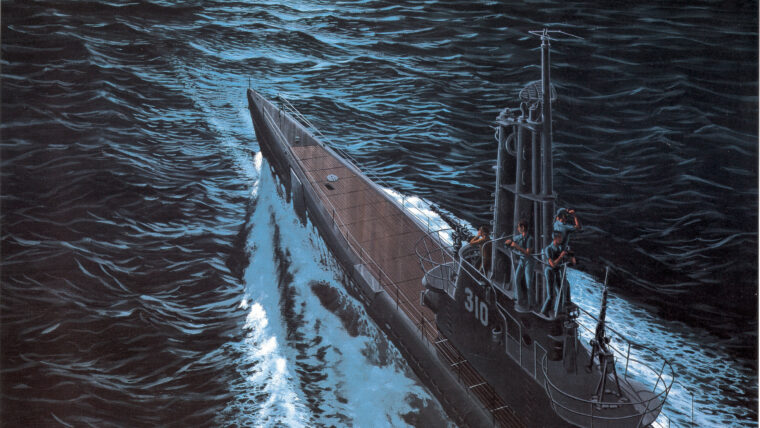
Pacific Theater
She was a sleek, efficient, deadly killer, a home to six officers and 60 enlisted men, and a holy terror to the enemy. Read more
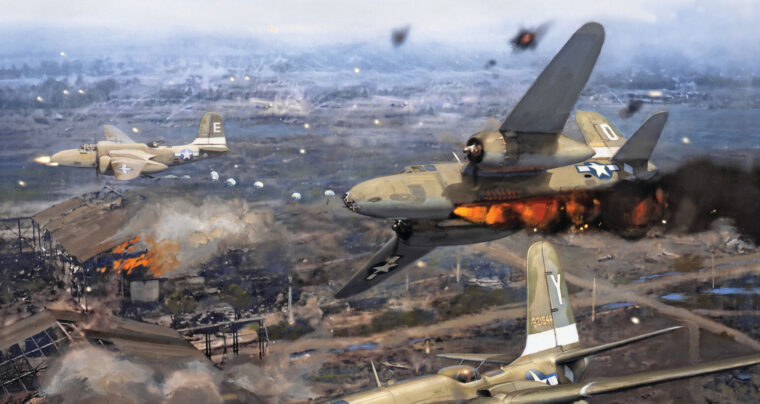
Pacific Theater
General Douglas MacArthur, Supreme Allied Commander Southwest Pacific Area, kept his promise to return to the Philippine Islands when his Sixth Army under the command of Lt. Read more
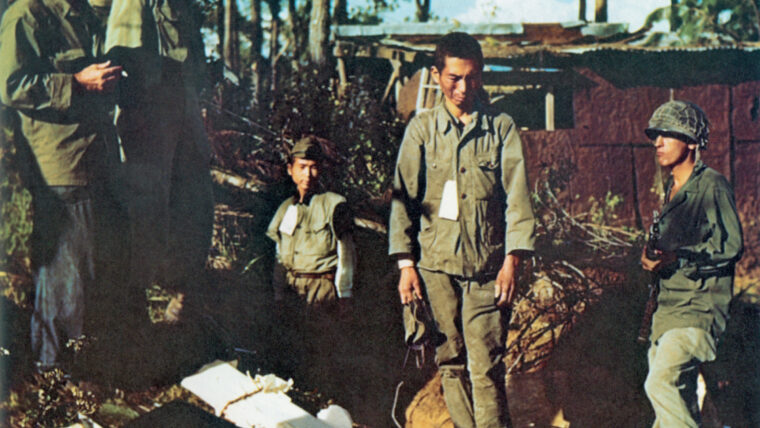
Pacific Theater
The Japanese empire was a fine place for young Hiro Onoda. In 1939, at age 17, he hired on with a lacquerware company that posted him to Hankow (Wuhan) in Japanese-occupied China. Read more
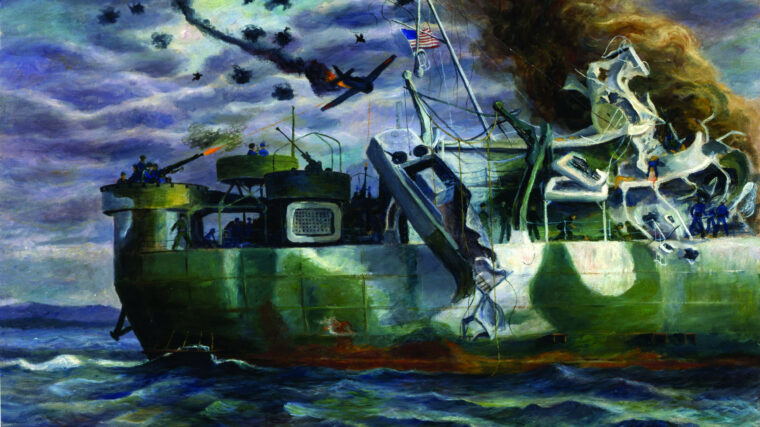
Pacific Theater
More than 60 years ago, in April 1945, the war in Europe was winding down to its inevitable conclusion. Read more
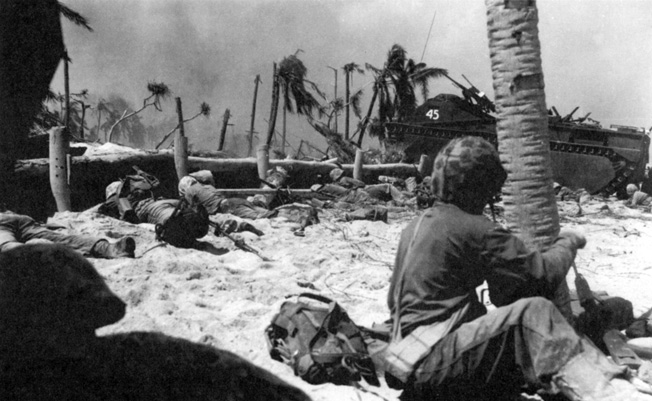
Pacific Theater
Colonel Merritt A. Edson, the 2nd Marine Division’s chief of staff, and Colonel David M. Shoup designed a simple plan to seize Betio—land along its northern beaches, drive straight across the narrow island, and kill the defenders. Read more
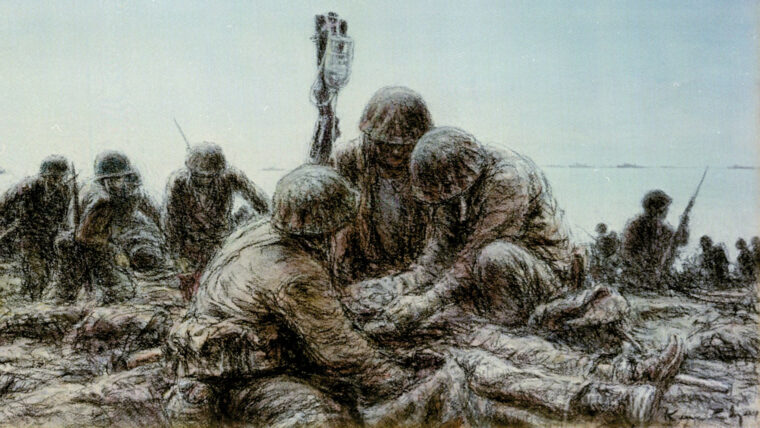
Pacific Theater
Stan Bowen spent the entire war in the U.S. Navy as a pharmacist’s mate, first in the operation at Tarawa, then Saipan and Tinian. Read more
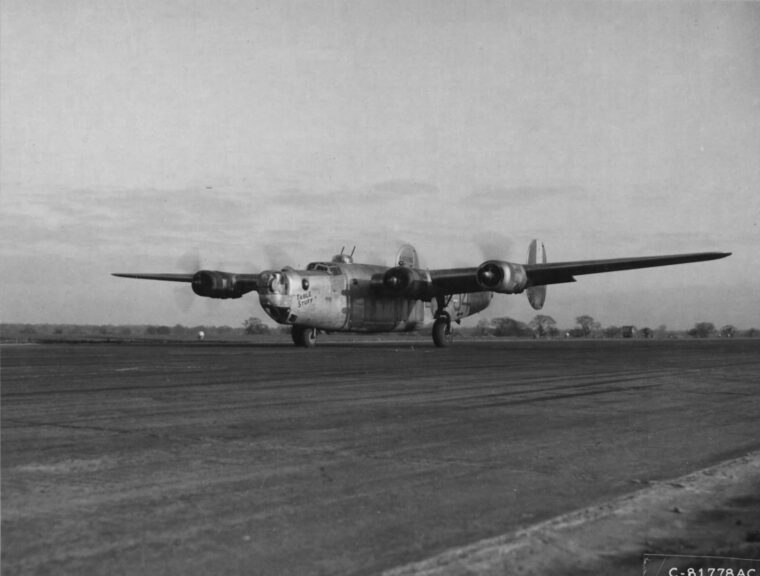
Pacific Theater
As soon as one caveman threw a rock in anger at another, the human race took a giant step forward in warfare. Read more
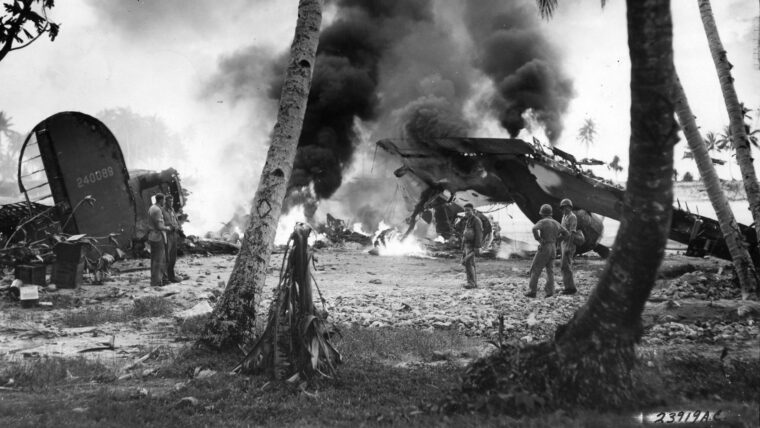
Pacific Theater
Consolidated B-24 Liberator bomber crews of the U.S. 11th Bombardment Group spent the first three months of 1943 organizing on Hawaiian airfields and flying practice and patrol missions around the islands. Read more
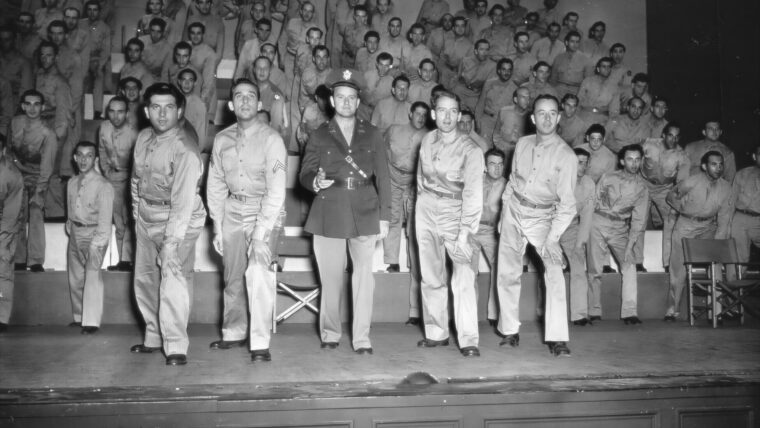
Pacific Theater
The most successful and popular patriotic show of World War II and one of the most unique productions in the history of entertainment was Irving Berlin’s This Is the Army, which originally began as a Broadway musical. Read more
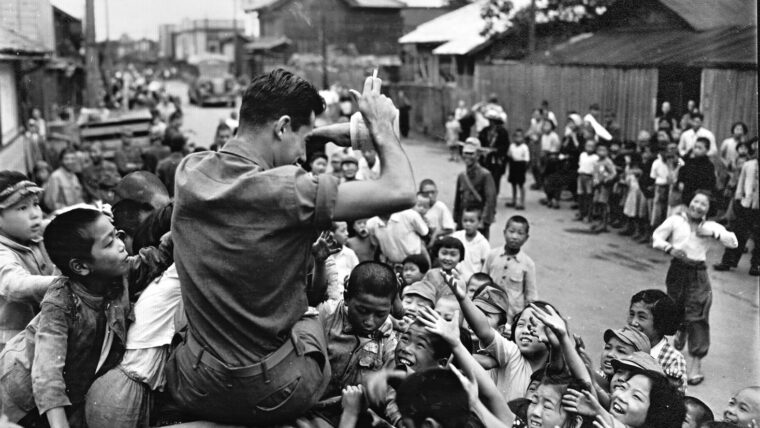
Pacific Theater
As the months of 1945 passed at an agonizingly slow pace, Allied forces in the Pacific struggled unwaveringly toward Japan. Read more
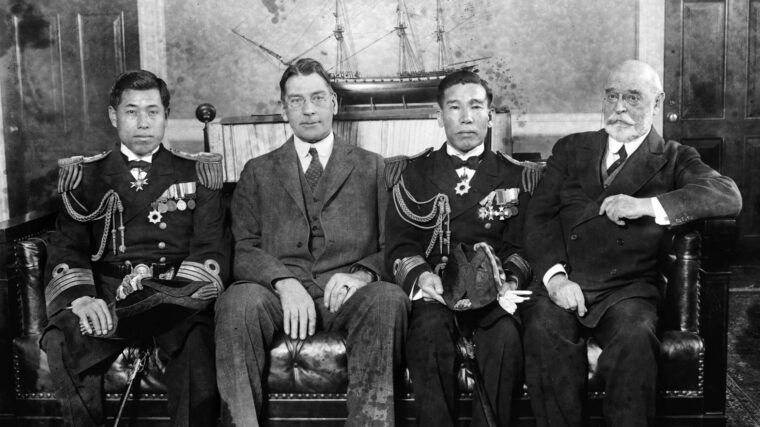
Pacific Theater
Brave, urbane, and complex, Admiral Isoroku Yamamoto was Japan’s greatest naval strategist and the architect of one of the most stunning achievements in the history of modern warfare. Read more
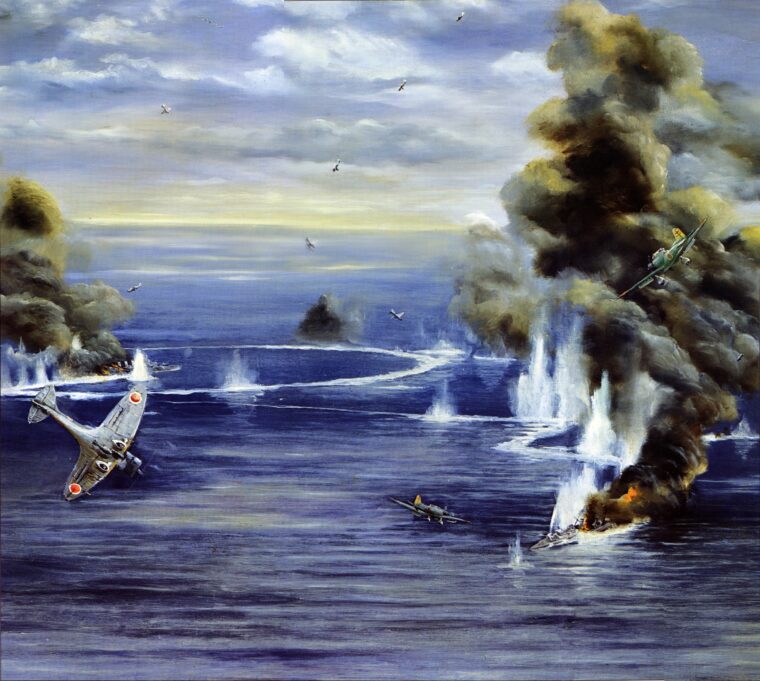
Pacific Theater
“So this is the Eastern Fleet,” ran Vice Admiral Sir James Fownes Somerville’s signal. “Never mind. Many a good tune is played on an old fiddle.” Read more
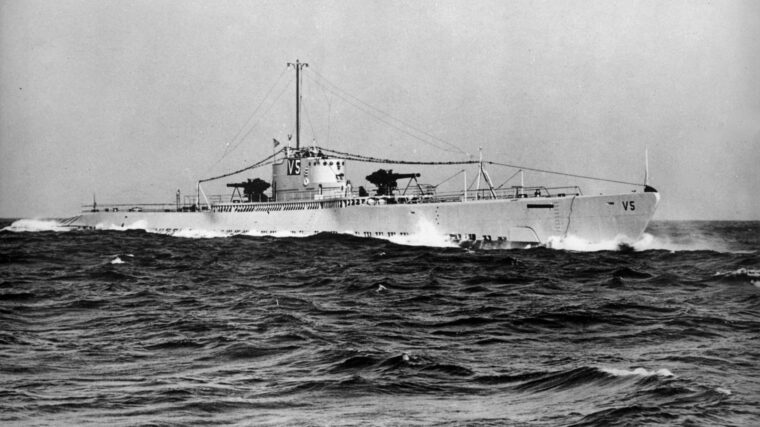
Pacific Theater
Sunsets over Manila Bay are nothing less than spectacular. Once the sun dips below the horizon there is a lingering illumination known as “blue hour” as the sky gradually shifts from pale azure to deep indigo before fading completely into the black tropical night. Read more
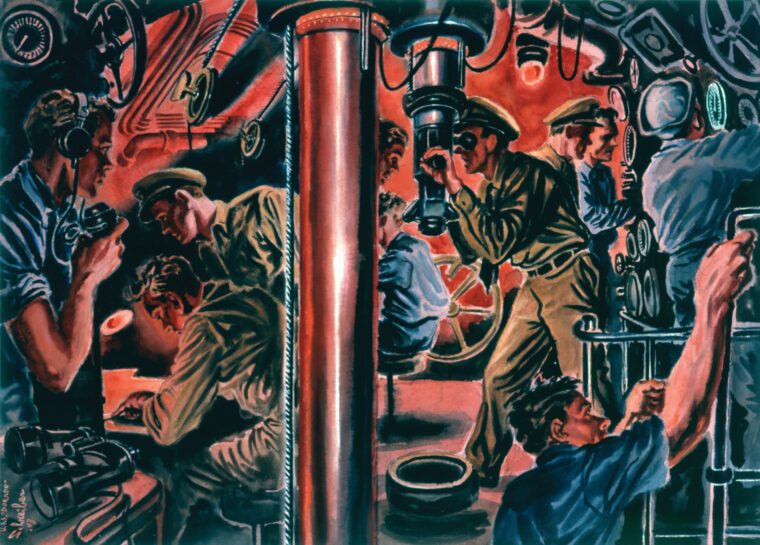
Pacific Theater
On the morning of June 13, 1944, the brilliant new aircraft carrier Taiho weighed anchor and slowly moved out of Tawi-Tawi anchorage in the Sulu archipelago in the southwestern Philippines. Read more
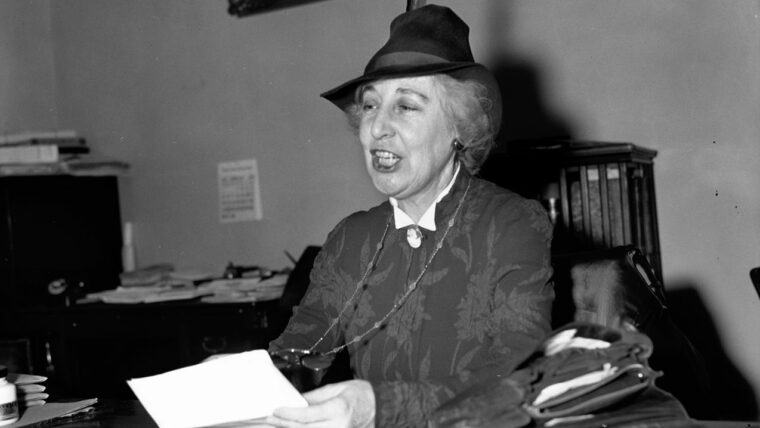
Pacific Theater
On December 8, 1941, America was still shocked by news of war. President Franklin D. Roosevelt declared that the day before had been “a date which will live in infamy” because of the “unprovoked and dastardly attack” by Japan on Pearl Harbor. Read more
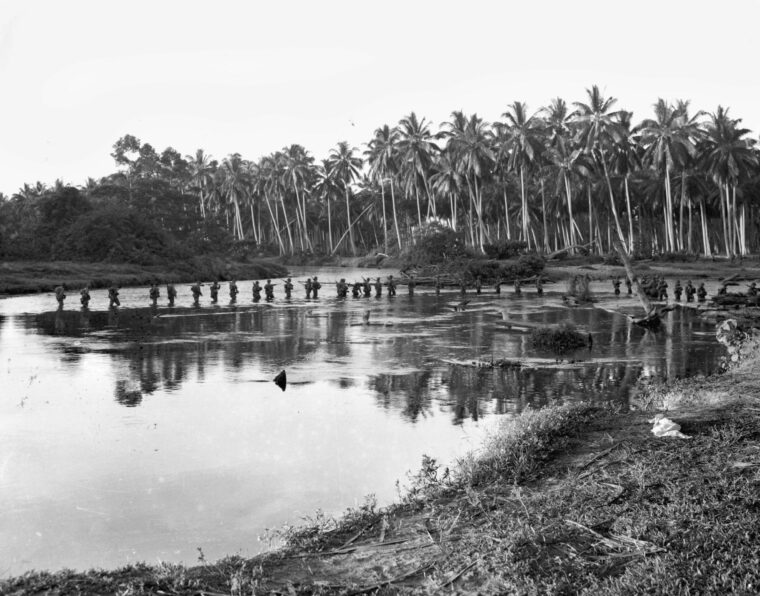
Pacific Theater
On the morning of November 6, 1942, a force of 267 Marines took its first steps into the jungle from a landing point at Aola Bay, roughly 30 miles east of the American perimeter on Guadalcanal. Read more
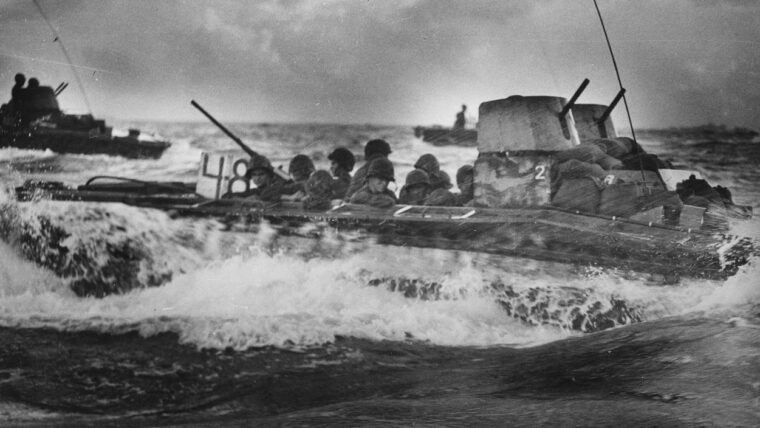
Pacific Theater
The Marines were tired, eager for a rest the opportunity to get themselves and their equipment back into battle condition. Read more